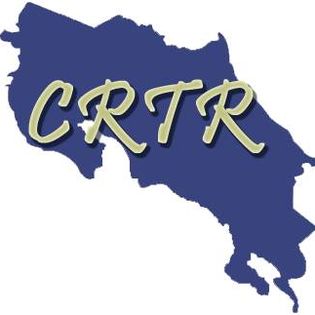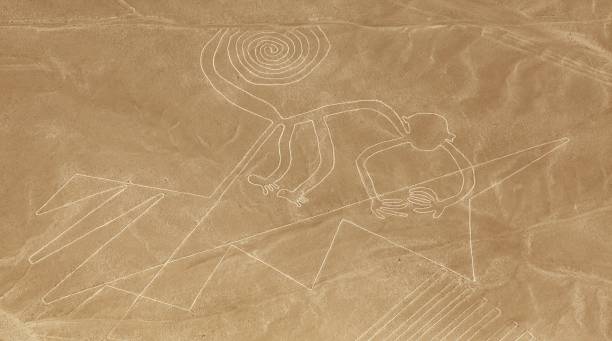
Nazca Lines
The best of Nazca Lines

Welcome to CRTR
It's our pleasure to make your dreams come true. Allow us to use our experience as travel agents to make your stay in Costa Rica unforgettable. Tell us about your dream adventures, and we'll match them with the best hotels, private or chartered transportation, and reliable, experienced tour guides, adjusting your tour package to your travel budget. We'll be available 24/7 throughout your trip.
Thank you for choosing us. CRTR
Help us to help others 💞

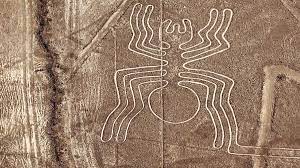
Nazca Lines
The Nasca Lines, located in the desert of Nasca in southern Peru, are ancient geoglyphs created between 500 B.C. and A.D. 500 by the Nasca culture. These massive designs portray animals, plants, geometric patterns, and long straight lines best appreciated from the air. Scholars believe they may have served ceremonial, astronomical, or water-related purposes. The region's dry climate has preserved them for centuries, making them one of the world's most intriguing archaeological mysteries. Their scale and precision continue to inspire awe and scientific curiosity.

Nazca Lines

Nazca Lines
The ecosystem surrounding the Nazca Lines is defined by an extremely arid coastal desert where rainfall is almost nonexistent and dry winds shape the open plains. Vegetation is minimal, consisting mainly of hardy shrubs, cacti, and salt-tolerant plants that survive using deep moisture reserves. Wildlife includes small reptiles, coastal foxes, birds such as the peregrine falcon, and insects well adapted to intense heat. The habitat is fragile, with rocky soils and vast pampas that enabled the creation of the geoglyphs. Although far from Cusco, the region shares ancient cultural routes and traditions that once connected coastal and Andean societies. The desert's stable climate has preserved the lines for centuries, making this ecosystem a remarkable setting where natural conditions and archaeological heritage coexist harmoniously.

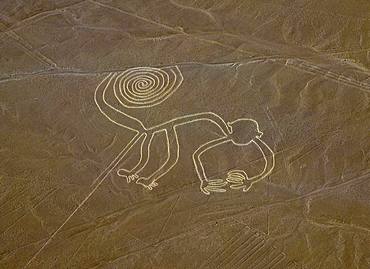

Photo gallery

Nazca Lines
The Nazca Lines are vast geoglyphs drawn on the Nazca Pampa in southern Peru between about 500 BCE and 500 CE by Paracas and Nazca peoples, made by removing surface pebbles to reveal lighter soil. A UNESCO World Heritage site since 1994, the ensemble includes straight lines, trapezoids and hundreds of figurative designs possibly used in rituals, pilgrimage-signalling, or ceremony linked to centers like Cahuachi. Modern surveys using drones and AI continue to add to the count: researchers have reported hundreds of additional smaller geoglyphs while classic counts already list several hundred large figures. Iconic motifs include the Hummingbird, Monkey, Spider, Condor, Whale, Dog, Tree, Hands and the "Astronaut" (Owl-man). Main tourist experiences: small-plane flights for aerial views, observation towers, the María Reiche museum, and excursions to the archaeological center of Cahuachi.

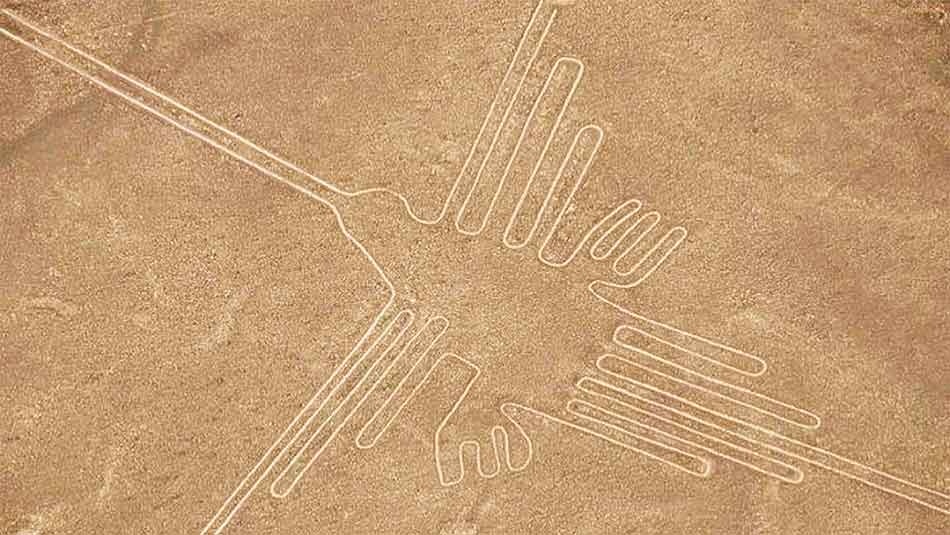
Hummingbird
The most famous geoglyph of the Nazca Lines is The Hummingbird, known for its precise, sweeping outline. The lines were first scientifically noted in 1927 by Peruvian archaeologist Toribio Mejía Xesspe, later gaining global attention in the 1940s through the research of Paul Kosok and Maria Reiche. The geoglyphs belong to the pre-Inca Nazca culture, recognized for advanced agriculture, vibrant pottery, and ingenious aqueduct systems. Their technological and artistic legacy influenced later Andean societies, including territories later integrated into the Inca Empire.

We look forward to your visit
Costa Rica, Alajuela, Palmares, Buenos Aires
Calle Real, 50 meters north of the Jehovah's Witnesses Church
www.costarica-best.com
info@costarica-best.com
506-8850-2426
Pura Vida!!

